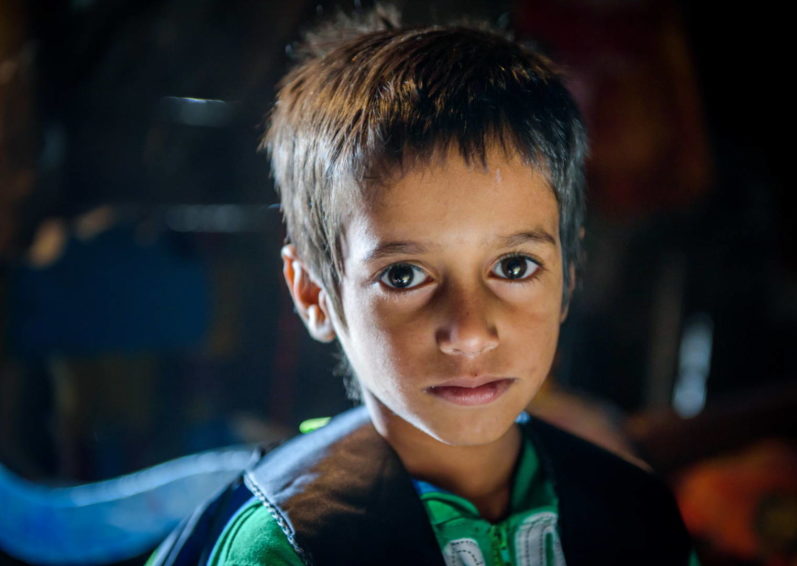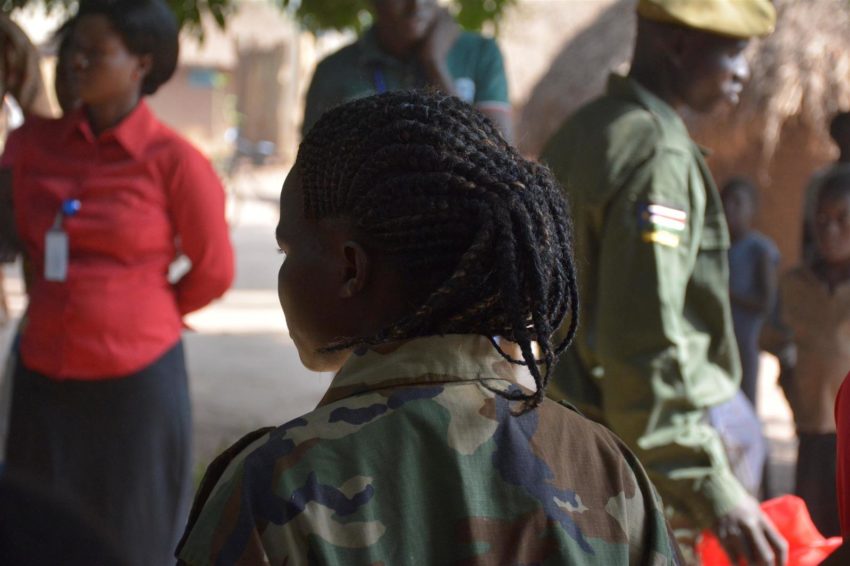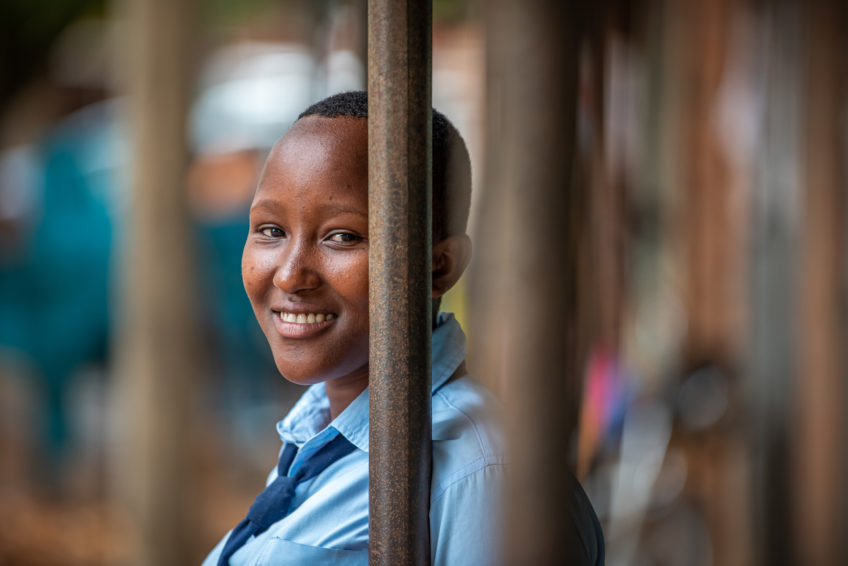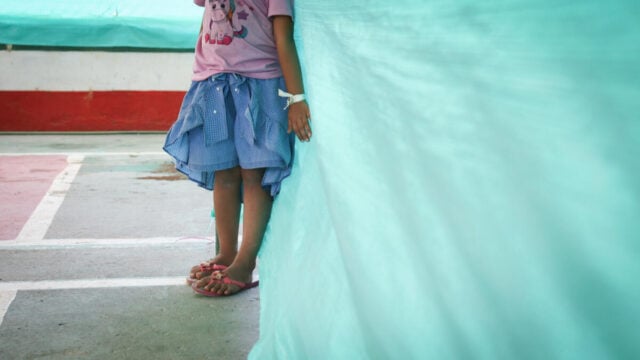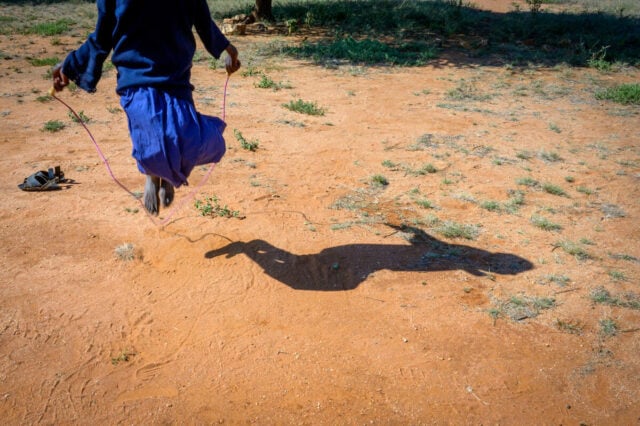Around the world, child rights are a topic of concern in every country. Every child, regardless of age, race, gender, wealth, or birthplace, deserves not just to live, but to thrive. Yet millions of children’s basic rights are denied and their childhoods are stolen from them by abuse, exploitation, or slavery.
Many violations children face are a consequence of exploitative practices and education gaps in both developed and developing communities. But poverty, exploitation, and violence are not inevitable. With enlightened support from governments, civil society, and religious groups, vulnerable children can flourish and reach their highest potential.
Facts and FAQs: What you need to know about child rights
Here are facts about some of the ways children are exploited and answers to questions about child rights.
- Fast facts: Child rights violations
- What are child rights?
- How are children deprived of their rights?
- Is progress being made in protecting children’s rights?
- What can I do to protect children worldwide?
- What is World Vision doing to promote and protect child rights?
Fast facts: Child rights violations
- About 1 billion children ages 2 to 17 are estimated to have experienced physical, sexual, or emotional violence or neglect during 2015.
- 152 million children are engaged in child labor; 73 million work under hazardous conditions.
- 41% of girls in least-developed countries are married before age 18. Of the 47 least-developed countries, 33 are in Africa.
- A World Bank study indicates that as many as three in 10 children with disabilities have never been in school.
- 200 million women and girls have experienced female genital mutilation.
- Children with disabilities are almost four times more likely to experience physical or sexual violence.
- About 126 million girls are “missing” around the world due to a preference for sons and prenatal sex selection.
- About one billion children ages 2 to 17 are estimated to have experienced physical, sexual, or emotional violence or neglect during 2015.
What are child rights?
Child rights are human rights that also recognize the special needs for care and protection of minors — generally defined as anyone younger than 18.
International agreements on child rights say that all children should grow up in the spirit of peace, dignity, tolerance, freedom, equality, and solidarity. In an ideal world, these tenets would direct each country’s systems of education, health, law, and social services. Unfortunately, this is not always the case.
How are children deprived of their rights?
Child labor, child marriage, children recruited into armed conflicts, and other forms of oppression deprive children of their rights. Children are also deprived of their rights when their birth is not recorded, so they don’t have a birth certificate, or when they are forced to flee conflict.
The International Labor Organization (ILO), estimates that 152 million children are working as child laborers around the world. These children are denied the opportunity to go to school, play with friends, or receive the right nutrition and care for a healthy and fulfilled life; instead, they are forced to work long hours for little reward.
Millions of children are being exploited through mentally and physically dangerous work that involves hazardous workplaces and other exploitative acts such as slavery, drug trafficking, prostitution, and armed conflict. These environments negatively impact a child’s well-being and development and often deny the child’s right to health and survival, protection, and education.
Is progress being made in protecting children’s rights?
Yes, improvements in child mortality, healthcare, and school attendance are some of the signs that children’s rights concerns are receiving greater recognition. These are aspects of human development that give children a brighter future.
Globally, progress is also being made against some of the worst violations of children’s rights. For example, in the past decade, 25 million child marriages have been prevented, according to UNICEF, the U.N. children’s agency.
The U.N. reported in June 2019 that 13,600 child soldiers were released and participated in reintegration programs in 2018, up from 12,000 children the year before. Still, nearly 240 million children are living in countries affected by conflict, and many are at risk of being recruited as child soldiers. Sadly, 12,000 children were killed or maimed in conflict in 2018.
Child labor and female genital mutilation are also declining, but progress against the practices vary greatly in different countries.
What can I do to protect children worldwide?
- Pray for vulnerable children. Pray that boys’ and girls’ rights will be protected.
- Make a one-time donation to our child protection fund. You can help prevent abuse and restore children’s physical and emotional health.
- Sponsor a child today. By investing in a child’s life, you’ll provide the protection and resources they need become a healthy, productive adult.
What is World Vision doing to promote and protect children’s rights?
At World Vision, we believe every child deserves a childhood, surrounded by protective families and communities, free from violence, and with the opportunity to thrive and the experience the abundant life Jesus promised.
We are a global leader in empowering families and their communities to protect children’s rights. Our community engagement model enables us to address the complex root causes of problems that rob children of their childhood. We engage all people who have a responsibility to protect children, starting with families, faith communities, and extending to teachers, local and traditional leaders, police officers, hospitals, government agencies, and courts of law.
Our interventions focus on improving laws and accountability, increasing social services and associated social supports, encouraging behavior and attitude change, and strengthening child resilience.
World Vision advocates protection for children to ensure they are healthy, protected, and thriving. We regularly call on governments, communities, parents, religious groups, and citizens to “speak up and defend the rights of the poor and needy.” (Proverbs 31:9) It is up to all of us to do all we can to protect the most vulnerable in our communities.
When children’s rights are protected, they stand a much better chance of growing up in a society that allows them to thrive.
At World Vision, we see children as agents of transformation. We partner with communities on citizen- and child-led projects to help them escape abuse, forced labor, and conflict. We work to equip and mobilize faith leaders and communities to challenge harmful norms and injustices against children. We help them to build a brighter future for themselves and their children.
We have a responsibility for the children who participate in our sponsorship and relief programs. We teach children about their rights, equipping them with the skills to speak up for themselves and educating their communities about what is and what isn’t acceptable behavior towards children.
We push for policy change at local, national, and global levels so we can impact the largest number of children possible with our work and program implementation.
World Vision initiatives and outcomes in child protection include:
- In 2018, 832 young people attended alternative rites of passage in West Pokot, Kenya. The World Vision program teaches young people about health, education, child rights, and how to avoid female genital mutilation and cutting (FGM/C). More than 150,000 people were reached with other anti-FGM/C activities including awareness events and 10 radio shows.
- More than 170,000 people in Guatemala have taken part in World Vision programs promoting community development and violence prevention. The five-year Community Roots Project is giving young people who might otherwise migrate to the U.S. hope for their opportunities to succeed in their home community.
- In the last 5 years, World Vision has informed over 1,837,878 children and adults about the risks of exploitation, abuse, traffickers’ ploys, and how to keep children from harm.
- In Cambodia alone, we have provided more than 1,500 child survivors of sexual exploitation and abuse with shelter and recovery care to heal and return to family and community life.
- In the Philippines, World Vision’s work on child labor saw over 52,000 children receive education and livelihood services, resulting in an 86% reduction in child labor among participants. Since 2010, World Vision has equipped and mobilized 30,669 local leaders, parents, teachers, and police officers with the education needed to recognize, report and respond to crimes against children, fostering community-wide protection schemes and saving the lives of countless children.
Child rights timeline
1830s — The United States begins to regulate and limit child labor.
1924 — The League of Nations adopts the Declaration of the Rights of the Child. The short document recognizes that “mankind owes to the child the best that it has to give.” The declaration is the precursor to later child rights measures by the United Nations.
1959 — The U.N. adopts an expanded Declaration of the Rights of the Child.
1962 — The publication of a study on battered-child syndrome in the U.S. leads to statutes making the reporting of child abuse and neglect mandatory for certain professionals such as doctors, teachers, and social workers.
1973 — Marian Wright Edelman founds the Children’s Defense Fund to conduct research and lobby for child welfare and rights in the U.S.
1974 — The U.S. Congress passes the Child Abuse Prevention and Treatment Act to fund state-level development of child protective services. The law is amended in 2010 to address issues around trafficking and then again in 2016 to incorporate the needs of children affected by substance abuse.
1989 — The U.N. adopts the Convention on the Rights of the Child, which has been ratified by more countries than any other human rights agreement.
1994 — U.S. Ambassador to the U.N. Madeleine Albright signs the Convention on the Rights of the Child on behalf of the U.S. The Convention has yet to be ratified by Congress.
1999 — The U.N. adopts the Worst Forms of Child Labor Convention.
2000 — The U.N. adopts protocols forbidding child prostitution, child pornography, the sale of children, and the involvement of children in armed conflict. These were unanimously ratified by the U.S. Senate in 2002.
World Vision staff in Australia contributed to this article.
